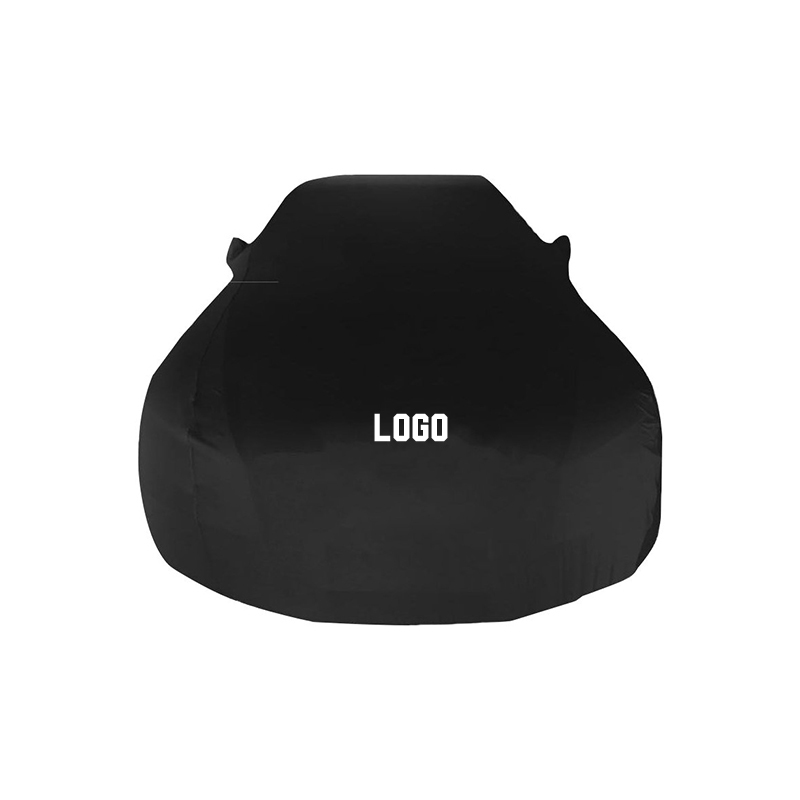Elastic fabric full car covers are a game-changer, blending cutting-edge manufacturing techniques with rigorous quality control to deliver unmatched durability and performance. Unlike traditional covers that rely on bulky, rigid materials, these innovative solutions leverage advanced textile engineering to create a product that’s as resilient as it is flexible. Let’s dive into the behind-the-scenes processes that make these covers a standout choice for car owners worldwide.
1. Production Techniques: Crafting Elasticity with Precision
The secret to a top-tier elastic car cover lies in its construction. Manufacturers employ specialized 3D knitting technology to weave high-stretch polymers like spandex and polyester into a seamless, form-fitting fabric. This method ensures uniform elasticity across the entire cover, allowing it to hug every curve of a vehicle—from sleek sports cars to rugged SUVs—without sagging or bunching.

But elasticity alone isn’t enough. To withstand harsh conditions, the fabric undergoes chemical treatments like UV-resistant coatings and hydrophobic finishes. These additives are meticulously applied to preserve the material’s stretchability while enhancing its ability to repel water, resist UV degradation, and prevent dust infiltration. For instance, a polyester-spandex blend treated with nano-coatings can maintain its shape and color even after years of sun exposure, ensuring your car stays pristine under the cover.
Colorfastness is another critical focus. High-quality dyes and heat-setting processes are used to lock in hues, preventing fading from prolonged UV exposure. This attention to detail ensures that elastic fabric full car covers don’t just protect your vehicle—they also maintain a sleek, professional appearance over time.
2. Durability Testing Protocols: Ensuring Longevity in Extreme Conditions
A car cover’s true test lies in its ability to endure real-world abuse. Manufacturers subject elastic fabrics to accelerated aging tests in labs, simulating years of environmental stress in a matter of weeks. For example, QUV weathering chambers bombard samples with intense UV rays and moisture cycles to mimic harsh sunlight and rain. This reveals how the fabric’s elasticity and tensile strength hold up over time—a key factor in preventing cracks or brittleness.
Real-world simulations take testing further. Prototypes are stretched over vehicles in wind tunnels to assess aerodynamic stability or weighed down with snow to evaluate load-bearing capacity. Engineers measure metrics like tear propagation resistance by intentionally puncturing the fabric and monitoring how tears spread under stress. These tests ensure that even sharp edges (like wing mirrors or spoilers) won’t compromise the cover’s integrity.
For consumers, this translates to peace of mind. Whether parked in a hurricane-prone area or under scorching desert sun, elastic fabric full car covers are built to stay snug, intact, and functional year after year.
Why Quality Control Matters for Your Investment
Every step of the manufacturing process—from yarn selection to final stitching—is monitored to meet strict standards. Automated cutting machines minimize material waste, while AI-powered inspections detect microscopic flaws in the fabric. This precision ensures that each cover delivers consistent performance, whether you’re shielding a luxury sedan or a rugged off-roader.
In a market flooded with generic options, elastic fabric full car covers stand out by marrying innovation with reliability. Their production isn’t just about stretching fabric—it’s about engineering a shield that adapts, endures, and outperforms. For car enthusiasts and everyday drivers alike, that’s the ultimate win.

 English
English Español
Español عربى
عربى русский
русский +86-13071889821/13757104168
+86-13071889821/13757104168












